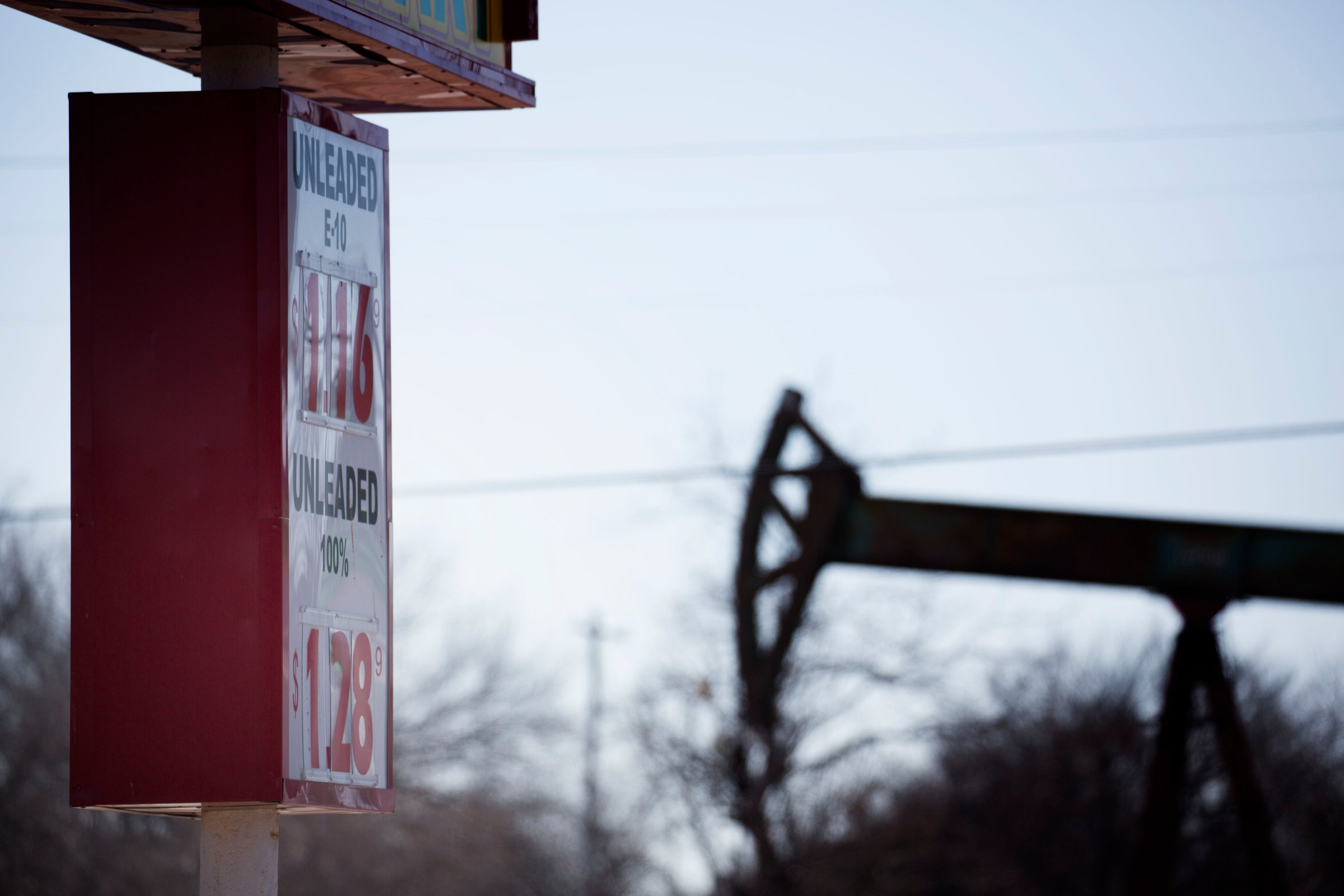
More than one-third of public oil companies globally face bankruptcy, according to a new Deloitte report that paints a fairly gloomy picture of the U.S. shale patch as it struggles to survive under mountains of debt.
The Deloitte report—the first high-profile report on the current financial situation of global oil and gas companies—surveyed 500 companies and found that 175 are facing “a combination of high leverage and low debt service coverage ratios”.
“[…] nearly 35 percent of pure-play E&P companies listed worldwide, or about 175 companies, are in the high risk quadrant,” Deloitte noted, adding that the situation is “precarious” for 50 of these companies due to negative equity or leverage ratio above 100.
“Stock prices of some of these has already dipped below $5, making them penny stocks. The probability of these companies slipping into bankruptcy is high in 2016, unless oil prices recover sharply, a large part of their debt is converted into equity, or big investors infuse liquidity into these companies.”
Oilprice.com: A Home-Battery System that Could Rival Tesla
Reports about the growing numbers of bankruptcies among U.S. shale producers aren’t new, but the Deloitte findings reinforce the picture.
“More than 80 percent of U.S. E&P companies who filed for bankruptcy since July 2014 are still operating (Chapter 11) under the control of lenders or the supervision of bankruptcy judges,” according to Deloitte.
“However, the majority of these Chapter 11 debt restructuring plans were approved by lenders in early 2015, when oil prices were $55-60/bbl. Since then, prices have fallen to $30/bbl, and hedges at favorable prices have largely expired, making it tough for existing Chapter 11 bankruptcy filers to meet lenders’ earlier stipulations and increasing the probability of US E&P company bankruptcies surpassing the Great Recession levels in 2016.”
Shale producers amassed huge debts that they are now struggling to service in the oil price downturn.
Oilprice.com: Oil Price Rally Comes Undone As U.S. Crude Inventories Build
According to AlixPartners, these debts totaled $353 billion for U.S. and Canadian energy companies at end-2015. To compare, Deloitte puts the combined debt of those 175 bankruptcy-threatened companies at more than $150 billion, nearly half of the total for US and Canada.
That’s a lot of debt that needs servicing or restructuring. Unfortunately, things in the industry are so bad that the usual solutions don’t work as effectively as they normally would. For starters, demand for E&P assets is at best moderate. Then there are the banks, which used to have a soft spot for energy companies when oil was selling for over $100 a barrel. Now that it is hovering around $30, the soft spot is gone and lenders are trimming their energy investment portfolios.
Oilprice.com: Electric Car War Sends Lithium Prices Sky High
Private equity firms are one alternative source of finance for the troubled industry players. Deep capex cuts are another. The efficiency of both options, however, is questionable. Banks, the IEA, and the IMF have warned that oil prices could reach $20. Iran is back on the international market and planning to raise production to pre-sanction levels (around 4 million bpd in 2011.). The world’s number one and two producers, Russia and Saudi Arabia, have made a deal to freeze output at current levels, but these levels are record-highs for both countries, so a freeze is unlikely to take care of the glut quickly enough. And it’s not going to happen anyway.
All this spells doom for that unfortunate one-third of producers. There is one alternative to bankruptcy—sector consolidation—although the problems with consolidation are similar to the problems with asset sales. Few energy companies are in a position to make acquisitions right now.
What’s left? Continuing the optimization of everyday operations. Operating efficiencies are constantly being improved, mainly in the shale patch but also outside it. Costs for 95 percent of U.S. output have fallen below $15 a barrel, says Deloitte. It seems all that is left for the troubled E&Ps is to continue pumping and keep hoping the storm will eventually subside. Not a fascinating prospect, by all means, but the most realistic one.
This article originally appeared on Oilprice.com
More Must-Reads from TIME
- Donald Trump Is TIME's 2024 Person of the Year
- Why We Chose Trump as Person of the Year
- Is Intermittent Fasting Good or Bad for You?
- The 100 Must-Read Books of 2024
- The 20 Best Christmas TV Episodes
- Column: If Optimism Feels Ridiculous Now, Try Hope
- The Future of Climate Action Is Trade Policy
- Merle Bombardieri Is Helping People Make the Baby Decision
Contact us at letters@time.com